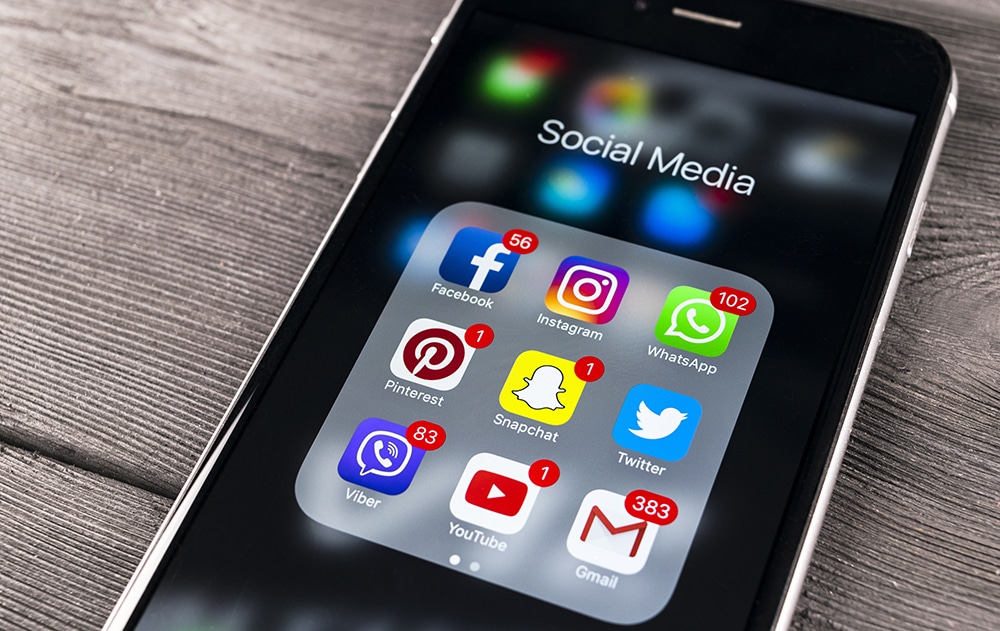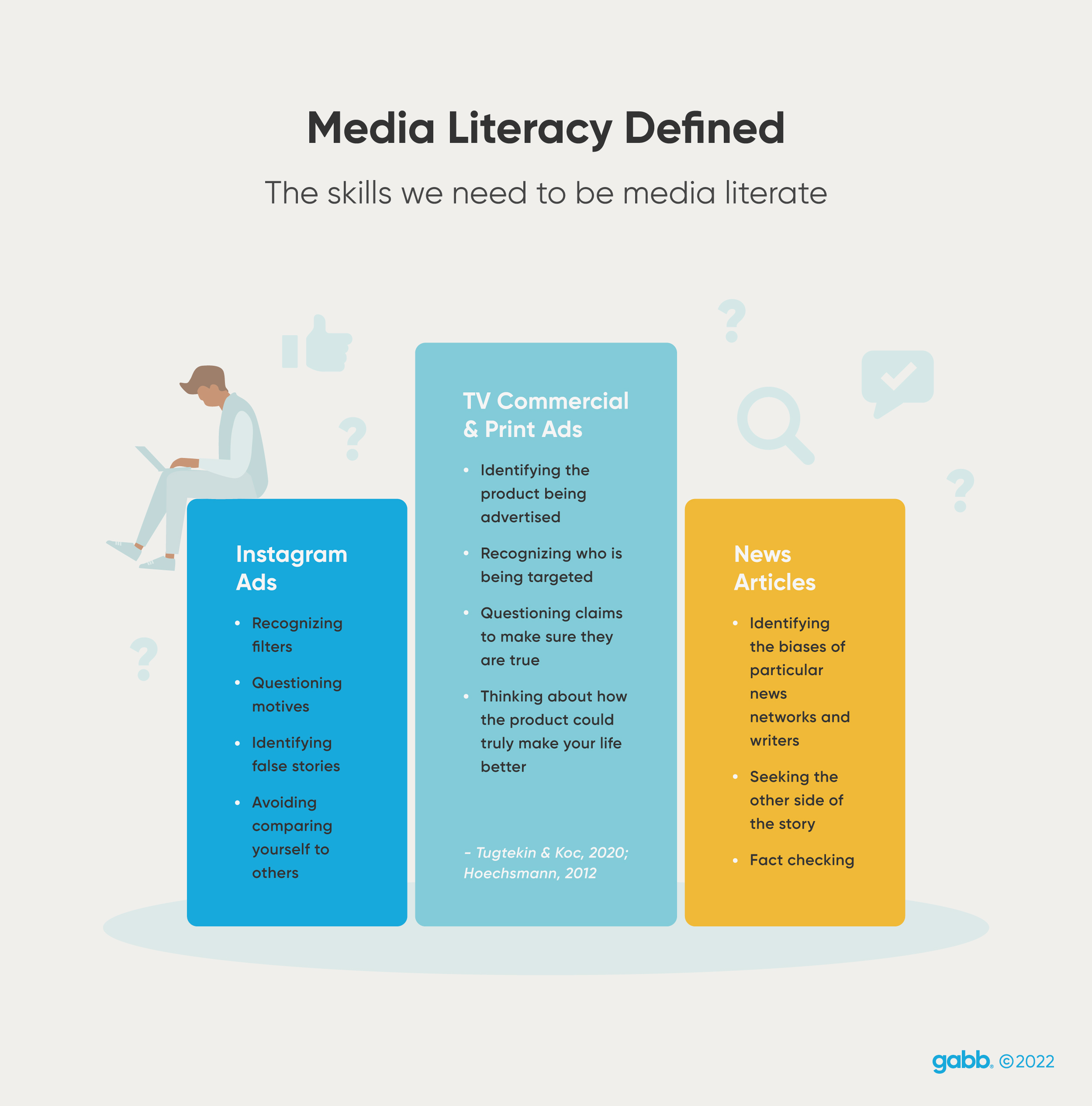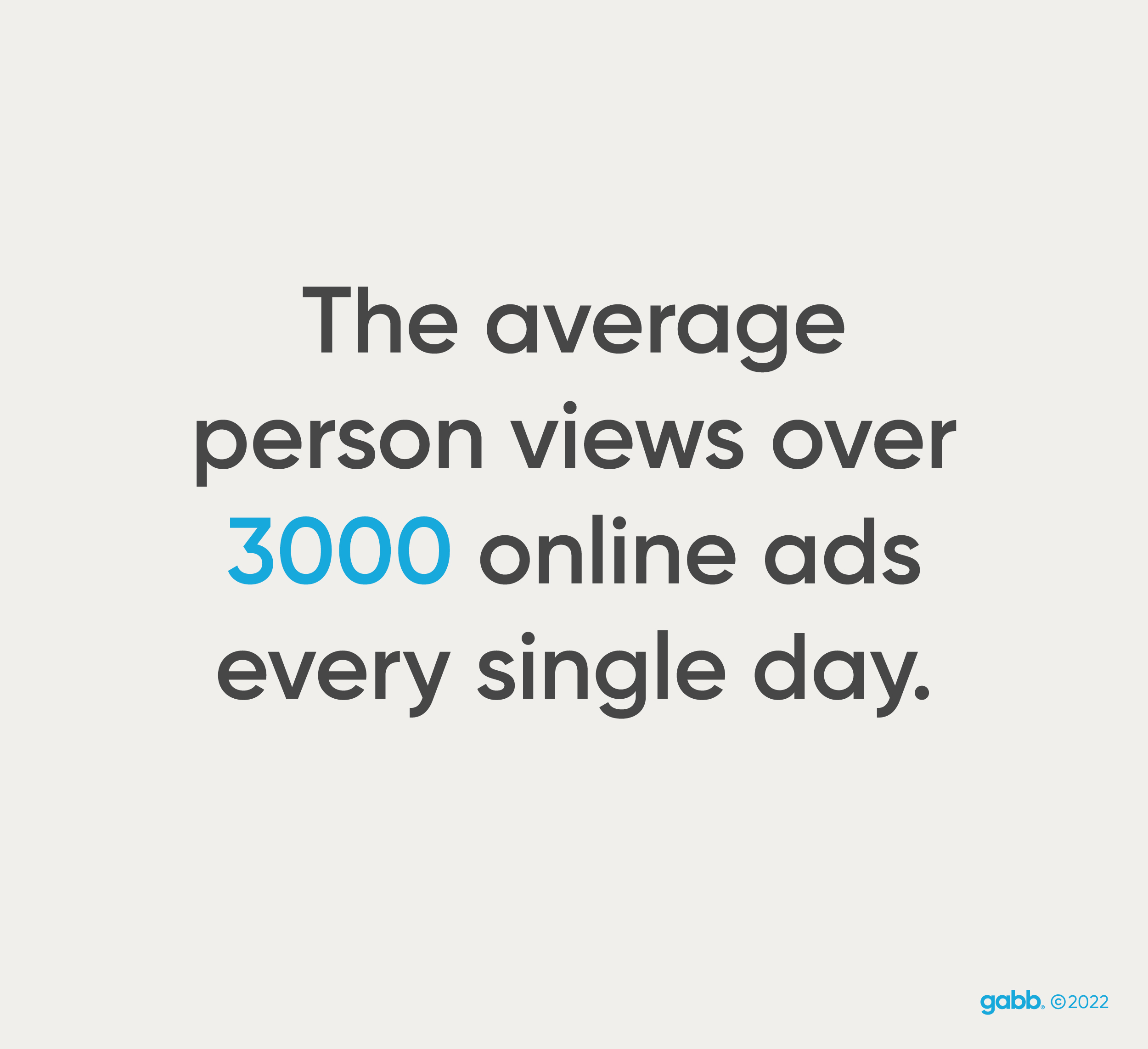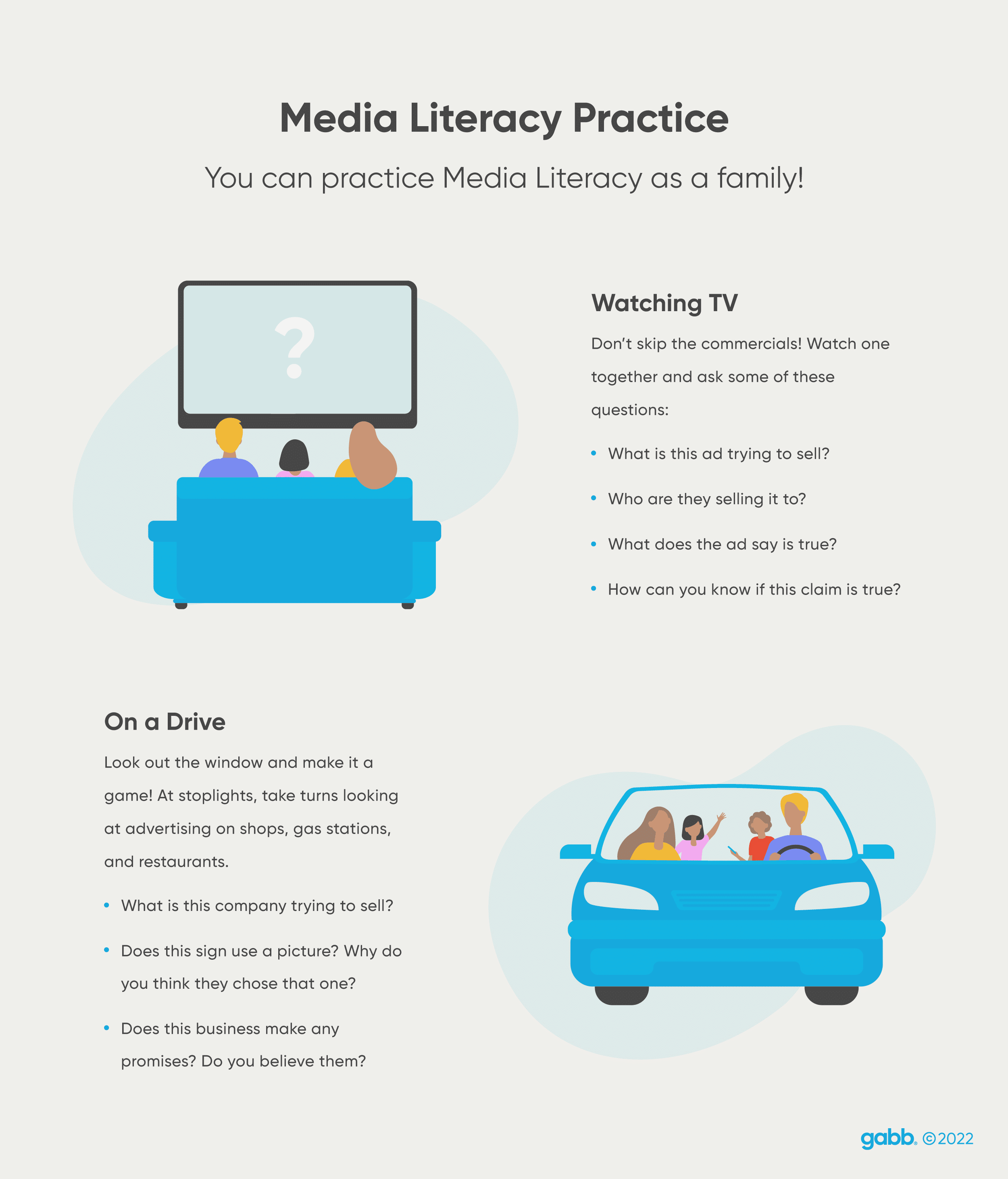What Is Media Literacy?
Simply put, the definition of media literacy is the skill set a person uses to analyze the media they consume. It empowers us to:
- Recognize if it is true—a credible source
- Identify bias or the intent the creators have in mind
- Identify the point of view used in the content
- Determine which aspects of the information they rely on and which pieces are not useful or reliable
(Suwana, 2021, p. 154)
What Are Media Literacy Skills?
When we think about how children learn to read and write, we know they must understand letters, sounds, and word recognition. Becoming digitally literate requires those skills, and even more! To judge the quality and intent of what they consume online, they must combine critical thinking skills, analysis, research, evaluation, collaboration, and reflection. Children need the help of adults to be successful.
We consume incredible amounts of information in the digital age, much of which changes from day to day. Being media literate in the 21st century is essential. The best media consumers know how to use these skills. They consciously create and consume in a way that empowers them.

What Are Some Media Literacy Examples?
Media literacy now involves many distinct skills, and different media types require diverse abilities. The following list includes common media kids consume along with research-based skills that will nurture media literacy, essential skills for the 21st-century.

Why Is Media Literacy Important?
By developing media literacy, your family will be better prepared to understand and interact with content (Leyn et al., 2020). They’ll become critical thinkers who can navigate the opportunities and pitfalls of the digital world. They will be less prone to consumerism, believing biased news, comparing themselves to others, and dissatisfaction with life (Ferguson et al., 2021; Kurz et al., 2021; Schmuck et al., 2021).

This media bombardment exposes us to a constant stream of products and ideas; think about 24-hour news cycles, push notifications, and the overload of over three thousand ads every day (Culatta, 2021, p. 13). We all need to master media literacy to keep ourselves safe, stay emotionally healthy, and maintain strong relationships.
Although young people are using digital media, we should not assume they are digitally literate.
—Dr. Renee Hobbs, Professor of Communication Studies, Harrington School of Communication and Media
What Does Media Literacy Mean for My Family and Me?
We’re unlikely to teach our children to read by simply lining the walls of their bedrooms with books. To help them become great readers, we read to them, teach them to identify the sounds letters make, help them string sounds together to make words, and are encouraging, patient, and consistent.
Similarly, our children will not develop media literacy independently while alone in their rooms with a smartphone (Hobbs, 2010, p. 26). Our kids need us to teach them these skills outright and provide them with plenty of opportunities to practice. In the digital age, these skills are as important as all of the in-person competencies necessary for success.
Developing Media Literacy Now: Activities for Families to Learn Together
It’s easy to practice media literacy skills informally with children of any age. Two perfect places to teach our children are while watching TV and on drives.

You’ll be amazed how these talks will enable your children to create deeper and more complex analyses of the content they consume as they grow older. One day, you’ll be sitting at the dinner table discussing ideas and current events, knowing that your kids are critical thinkers with excellent skills.

